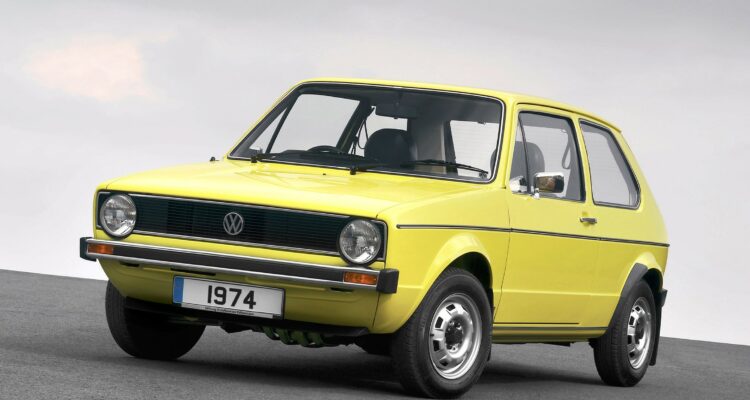The Homologators – Lancia Stratos
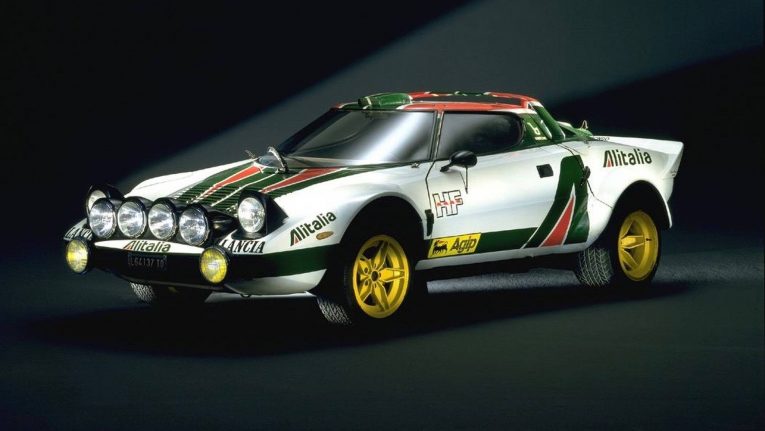
We kicked off this series with the Lancia Delta S4 Stradale and now the Turin-based auto maker takes centre stage once again, this time with the Stratos – a car that propelled Lancia into the rally big leagues and set the precedent for their subsequent domination of the sport. There are few rally legends that evoke such unadulterated feelings of excitement as the Stratos and this now iconic, wedge-shaped ballistic missile has rightly earned its place among the motorsport greats.
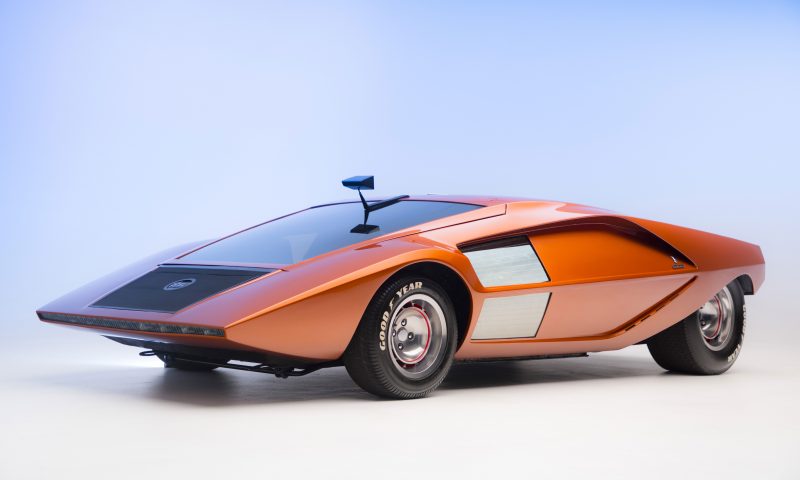
With its futuristic, concept car looks the Stratos came out of left field. It was a striking thing to behold and coupled with its 2.4-litre, V6 Dino engine nabbed from Ferrari it could hustle too. Big time. It should comes as no surprise then that the Stratos did, in fact, begin life as a concept car. The Stratos Zero, as it was known, was designed by Bertone as a means to poach Lancia’s business away from rival design house Pininfarina. Brazen as it was his ploy worked. As soon as Lancia clapped eyes on Bertone’s mad new car they were immediately smitten. Lancia was looking for a rally-racing replacement for its ageing Fulvia HF and the Stratos was just the ticket.
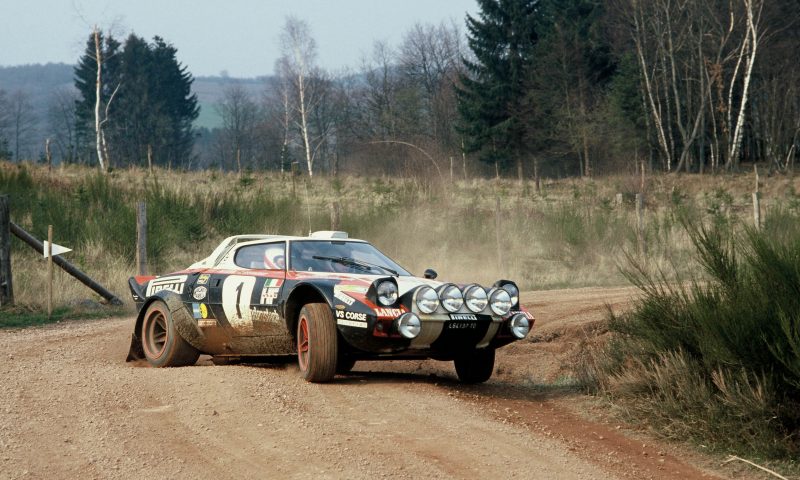
With the help of Marcello Gandini, Lancia began developing the car into a more practical rally weapon and the Stratos, as we know it today, was unveiled as a prototype at the 1971 Turin Motor Show, featuring that mid-mounted Dino engine. Even though the Stratos didn’t look like a conventional rally car at the time it certainly meant business right from the off. Lancia developed the car with motorsport firmly wedged (pun intended) at the front of its mind and both front and rear sections were designed to open fully outwards for easy access to the mechanicals, facilitating hassle-free maintenance mid rally stage. Spearheaded by team manager and race director Cesare Fiorio, ex-Ferrari test driver and British engineer Mike Parkes and factory rally driver Sandro Munari, among others, the car was tested and refined throughout the early ’70s with notable modifications to the rear suspension as well as improvements to the chassis. The Stratos made its competition debut as a prototype at the 1972 Tour de Corse with Munari behind the wheel (alongside Mario Mannucci), but it wasn’t until October of 1974, however, that homologation approval was finally granted so that the Stratos could legitimately compete in Group 4 rallying.
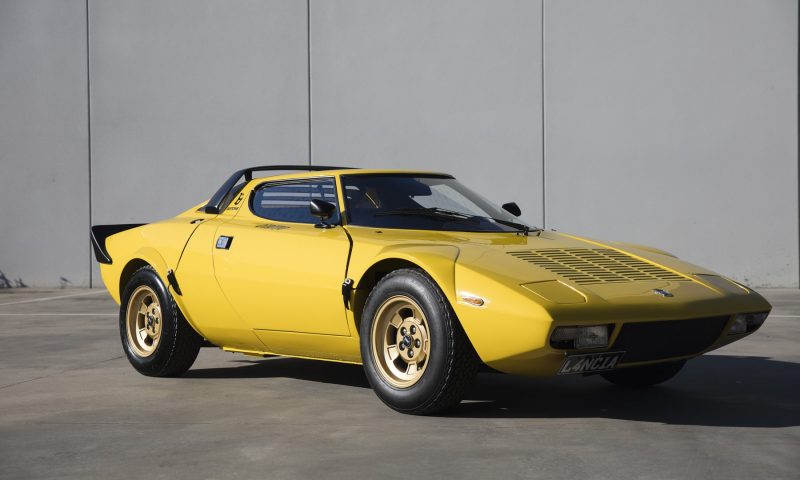
As we all know by now, this meant a number of road-going variants (Strati?) had to be produced. 500 to be exact, but sources claim that nowhere near that number ever left the Lancia factory in that initial 12 month period. These models – dubbed the HF Stradale – featured the same V6 Ferrari engine fitted to the rally-spec cars, albeit de-tuned, producing 190bhp. At less than a ton fully fuelled though, the Stratos could still get to 60mph in under 7 seconds and on to a top speed of nearly 150mph. Coupled with its short but wide wheelbase and rear-drive setup it was both notoriously nimble but also somewhat of a handful to drive at its limits and the Stratos trod an incredibly thin line between understeer and oversteer.

The competition cars benefited from the addition of a 24-valve head (as oppose to the standard 12-valve for the road cars) which upped the horsepower to 300, all the while keeping the car’s curb weight under 1000kgs. It proved to be a winning combination, quite literally, as the Stratos took the 1974, 1975 and 1976 Rally World Championship titles. Not only that, but the car also won the prestigious Monte Carlo Rally in ’75, ’76 and ’77. It was a defining car not only for Lancia but for Group 4 rallying too and these successes helped to cement its now legendary status as it continued to win rallies well into the following decade. To say it was an exciting car to drive is quite the understatement and seeing footage of the Stratos in action really does put into perspective the sheer level of driver skill involved from the likes of Munari in taming the thing.
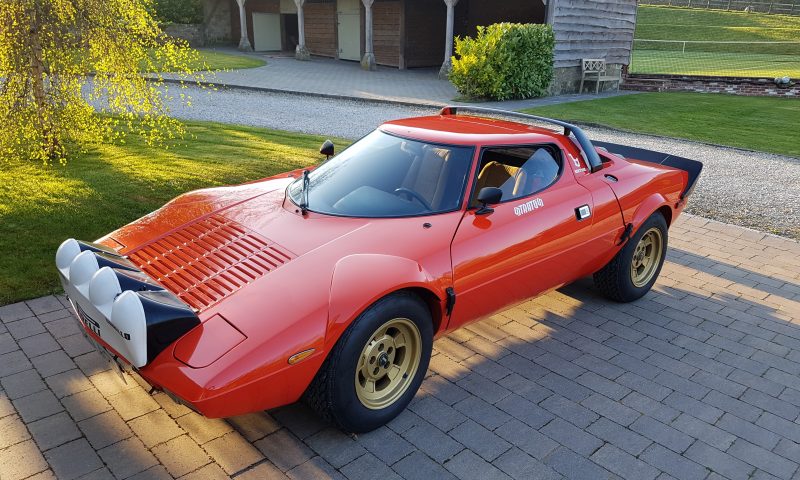
So, back to the Stradale version then and the Stratos that Luigi from next door could buy from his local Lancia dealer. Because it was first and foremost a thoroughbred rally car, along with the impressive performance and poster boy good looks, there were a few aspects of the road-going version that had to be taken at least somewhat lying down. The cockpit, for instance, was not designed with the vertically gifted in mind. Head room is distinctly lacking while the gauges are not exactly fully visible behind the steering wheel and the pedals are also slightly offset. None of this really matters though and it all pales into insignificance as soon as you key on as the glorious growl of that six-cylinder Dino engine fills your ears and your soul. This is a car built to race, not to lugubriously lounge around in. It’s for blasting through forest stages on the bleeding edge of its capabilities rather than shuffling to the shops to pick up a Panettone. The motor is mounted transversely and is mated to a five-speed manual gearbox making shifts a truly joyous experience and with all of the drama occurring behind you it really does feel like you’re at the helm of the Starship Enterprise when piloting the thing – at the tip of the spear, so to speak.
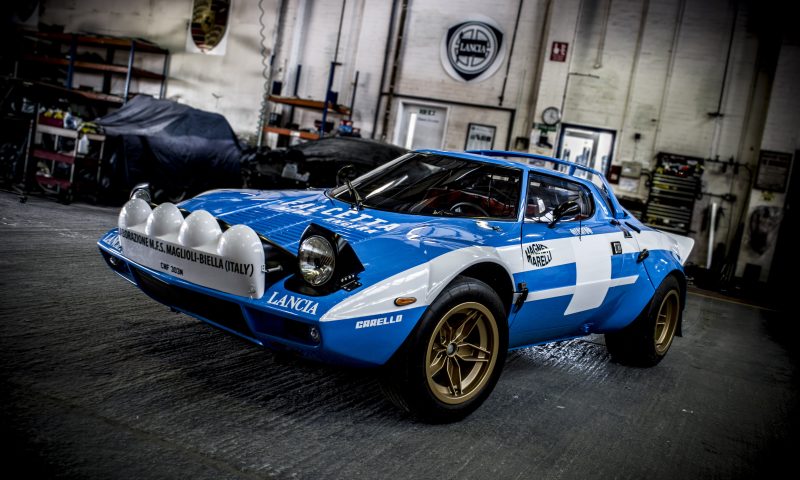
Lancia really did shoot for the moon with the Stratos and this heavenly body, with its impressive performance, striking looks and notable motorsport wins certainly hit its mark. Competition bred from the outset the Stratos was built without compromise and remains one of the most involving and ergo satisfying and rewarding cars one can pilot. Commercially speaking it was a complete flop for the Italian firm but Lancia cared not one iota because that’s not what this project was about. It was built to win rallies and win rallies it most certainly did. It’s somewhat ironic really as HF Stradales are now hugely sought after, but then that’s habitually the way it goes when it comes to classic homologation cars, especially those built in such small numbers. The Stratos is iconic and remains a truly visceral experience that sadly, the essence of which most modern cars will never again be able, or willing to capture.

